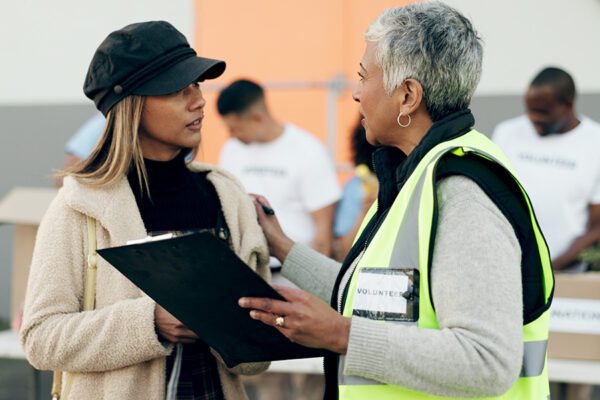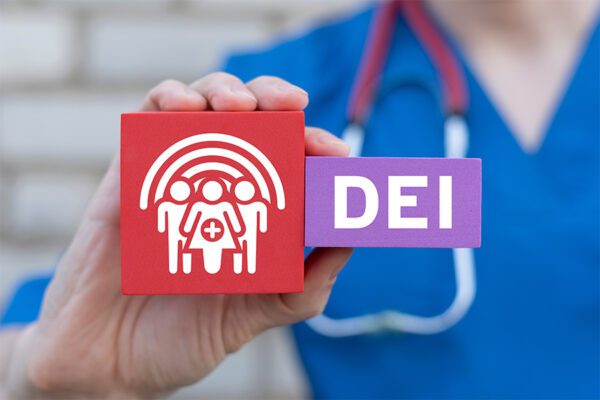Captives are starting to rise in popularity, and many distributors are jumping in. Because of this, Horton is gauging interest in building a welding and gas industry captive. Currently, the only captive option for welding and gas distributors is within a group of various industries (heterogeneous – manufacturing, transportation, construction, healthcare).
Would your company benefit from joining a captive? We’ve broken down the basics to help you determine if a captive is the right fit for you.
What is a captive?
A captive is an insurance mechanism designed to allow members to band together under a risk/reward structure. The goal of a captive is to lower insurance premiums and keep long-term costs more consistent. Captives are typically organized by a group of best-in-class companies.
Homogeneous captives mean that all group members are from the same industry. A heterogeneous captive is made up of members from various industries (i.e., manufacturing, distribution, construction, transportation).
What would be the benefit of a homogenous welding & gas captive?
If you are in the gas and welding industry, joining a captive with other professionals in the industry could be helpful in the following ways:
- Best practice sharing applicable to your industry
- Industry-specific safety and claims support
- Knowledge of your fellow members
- Proper coverage for your industry
- One carrier for all coverage lines, maintaining economies of scale savings and administrative ease
Who is an ideal candidate for a captive?
- Anyone paying more than $250,000 in annual premiums for these three lines of coverage:
- Auto, Workers’ Compensation and General Liability
- Companies with strong safety programs
- Good losses (loss ratios historically averaging 35% or less)
- Financially sound organizations
- Desire to bet on yourself under a risk/reward structure
What coverage lines would go into a captive?
Workers’ compensation and automobile lines would go into a captive. General Liability could possibly be included as well.
What happens with the other coverage lines?
Property, Inland Marine and Umbrella lines are written the same way they are now.
Why is everyone talking about captives?
Captives provide an enormous opportunity to recapture insurance premiums if a company has good losses. In a “hard” insurance market, premiums have been increasing for a historic number of years. Captives are able to provide consistent, below-market renewal premiums, avoiding the industry swings in pricing.
Sample Captive Feasibility
Captive Feasibility is an oversimplified version of the analysis provided as an illustration. The distributor is assumed to pay $500,000 annually for workers’ compensation, auto and general liability premium.
Captives come with their share of risks and rewards – here’s a breakdown of what that could look like for your organization:
- Average Losses – Average 45% Loss Ratio
- Eventual Return Premium – $75,000
- Solid Losses – Average 25% Loss Ratio*
- Eventual Return Premium – $175,000
- Excellent Losses – Average 10% Loss Ratio
- Eventual Return Premium – $250,000
*Loss Ratio – Claim cost divided by Premiums ($25,000 Claims and $100,000 Premium = 25% Loss Ratio). If you don’t know yours, we can help you assemble an analysis.
Interested in hearing more? Let’s talk.
There are dozens of welding distributors in the country that have already entered a group captive, and likely many more will enter them in the coming years. There are several captive options to choose from – in order to achieve optimal success, it’s critical to be confident you are selecting the right partner. Let’s talk to see if you’d be a good fit for a captive, which option would work best for you and what the potential benefits could be. Set up a consultation with a member of Horton’s Welding & Gas team here.
Material posted on this website is for informational purposes only and does not constitute a legal opinion or medical advice. Contact your legal representative or medical professional for information specific to your legal or medical needs.




